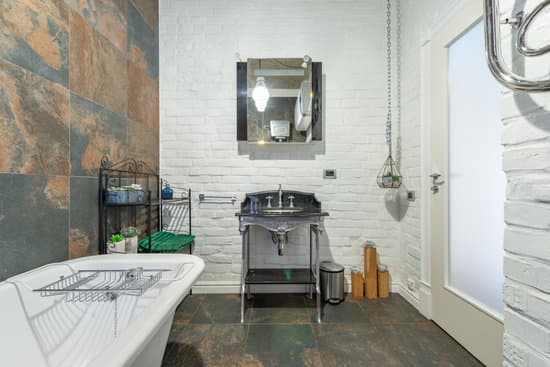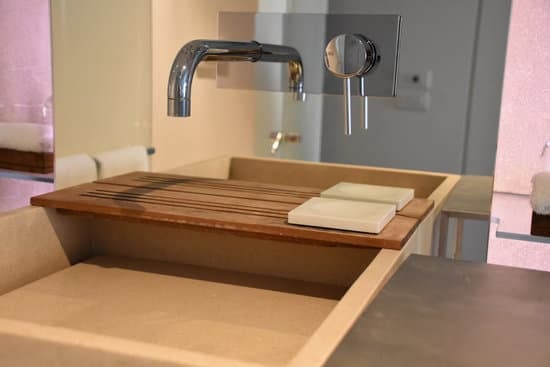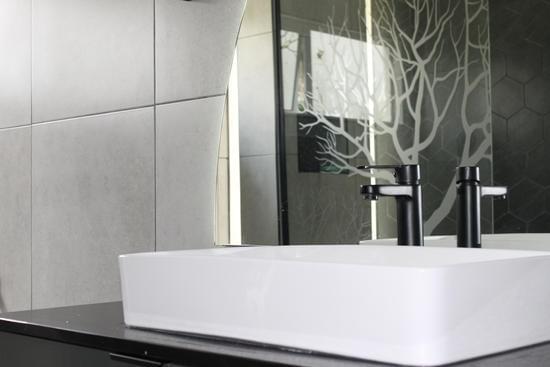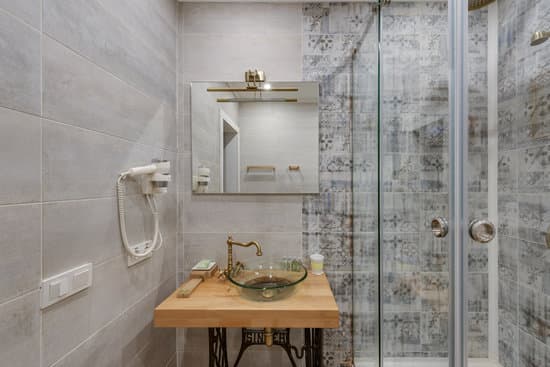Are you tired of dealing with excess moisture and unpleasant odors in your bathroom? Adding a bathroom exhaust fan can greatly improve the ventilation and overall air quality in your space. In this article, we will guide you through the step-by-step process of installing a bathroom exhaust fan. By following our instructions and using the necessary tools, you can ensure a safe and effective installation. Say goodbye to dampness and hello to fresh, clean air in your bathroom!
Assessing Your Bathroom’s Ventilation Needs
Assessing your bathroom’s ventilation needs is an important step in adding a bathroom exhaust fan. Ensuring proper airflow and choosing the right exhaust fan are crucial for maintaining a safe and healthy environment. Before installing the fan, evaluate the airflow in your bathroom to determine if it is sufficient or if it needs improvement. Look for signs of excess moisture, such as condensation on windows or walls, mold growth, or unpleasant odors. If you notice any of these issues, it’s time to consider installing an exhaust fan. When choosing the right fan, consider factors like noise level, size of your bathroom, and the amount of air movement required. Select a fan that meets your specific needs and provides adequate ventilation to prevent mold and mildew growth while promoting fresh air circulation.
Gathering the Necessary Tools and Materials
Before starting, make sure you have all the tools and materials needed for this project. It’s important to gather everything beforehand to ensure a smooth installation process. Here are the essential items you’ll need:
- Bathroom exhaust fan: Choose a fan that suits your bathroom size and ventilation needs. Look for one with a high CFM (cubic feet per minute) rating to effectively remove moisture and odors.
- Screwdriver: You’ll need this tool to remove the existing fan or install a new one.
- Measuring tape: Use it to determine the appropriate location for installing the exhaust vent.
- Caulk and caulk gun: Properly sealing the exhaust vent is crucial to prevent air leaks and moisture damage.
- Duct tape: This will help secure any connections between ducts.
Remember, safety should always be your top priority when working on any home improvement project. Make sure to turn off the power before starting, wear protective gear, and follow manufacturer’s instructions carefully.
Planning the Installation Process
To start, it’s important to consider the layout and size of your bathroom when planning the installation process. This will help you determine the most suitable location for your exhaust fan. Designing the exhaust system involves deciding whether to vent the fan through an exterior wall or the roof. Keep in mind that it’s crucial to have proper ventilation to prevent moisture buildup, which can lead to mold and other issues.
Choosing the right fan is also essential for a successful installation. Look for a fan with adequate airflow capacity that matches your bathroom size. Additionally, opt for a model with low noise levels and energy efficiency features. It’s recommended to select a fan with an automatic shut-off timer or humidity sensor to ensure optimal performance while saving energy.
By carefully designing your exhaust system and choosing the right fan, you can create a safe and comfortable environment in your bathroom while effectively removing excess moisture and odors.
Installing the Exhaust Fan
When installing the exhaust fan, make sure to carefully follow the manufacturer’s instructions for a successful installation process. Safety should be your top priority throughout this project. Begin by ensuring that you have the necessary tools and materials on hand. Start by turning off the power supply to avoid any electrical accidents. Next, carefully connect the wiring according to the manufacturer’s guidelines. It is crucial to secure all connections properly and use wire nuts for added safety. Once the wiring is complete, focus on proper ventilation ducts. Make sure that the ductwork is securely attached to both the exhaust fan and an exterior vent or roof cap to prevent air leaks. Properly insulating and sealing all joints will ensure efficient airflow and prevent any moisture-related issues in your bathroom.
Testing and Maintaining Your Bathroom Exhaust Fan
To ensure optimal performance, regularly test and maintain your bathroom’s ventilation system. Proper maintenance of your bathroom exhaust fan is crucial for the safety and well-being of your home. Here are some essential maintenance tips to keep in mind:
- Clean the fan blades: Dust and debris can accumulate on the blades over time, causing the fan to work less efficiently. Regularly clean them with a soft brush or vacuum to prevent clogs.
- Check for proper airflow: Ensure that there is sufficient airflow by placing a tissue near the vent while the fan is running. If it doesn’t hold onto the tissue, there may be an issue with ventilation or blockage that needs attention.
- Troubleshoot common issues: If you notice unusual noises, reduced airflow, or excessive moisture in your bathroom, it could indicate a problem with your exhaust fan. Consult the manufacturer’s instructions or seek professional help to address these issues promptly.
By following these maintenance tips and troubleshooting common issues, you can ensure that your bathroom exhaust fan functions effectively and keeps your home safe from excess moisture and potential mold growth.
Conclusion
So now you know how to add a bathroom exhaust fan! By following the steps outlined in this article, you can improve the ventilation in your bathroom and maintain a fresh and clean environment. Remember to assess your needs, gather the right tools and materials, plan the installation process, and finally install and test your new exhaust fan. With proper maintenance, your bathroom will stay odor-free and free from excess moisture. Enjoy a more comfortable and enjoyable bathroom experience!







